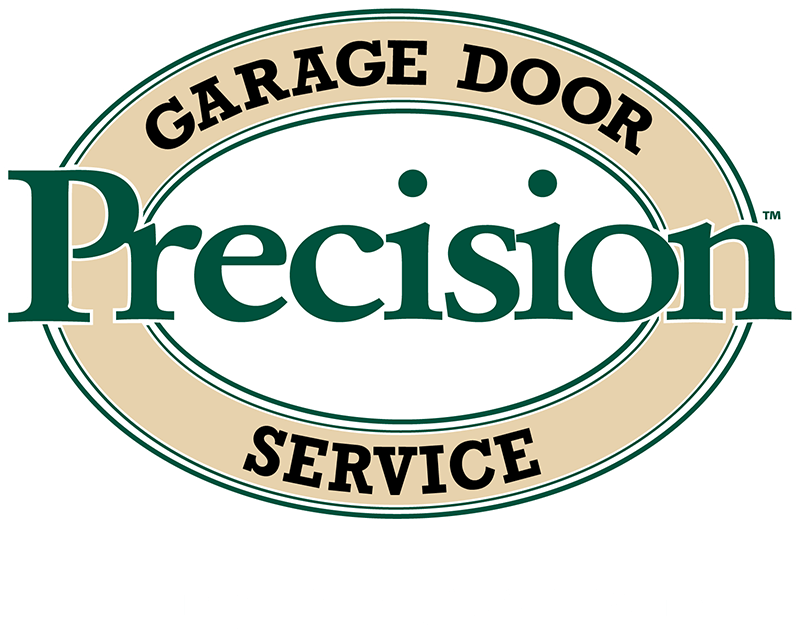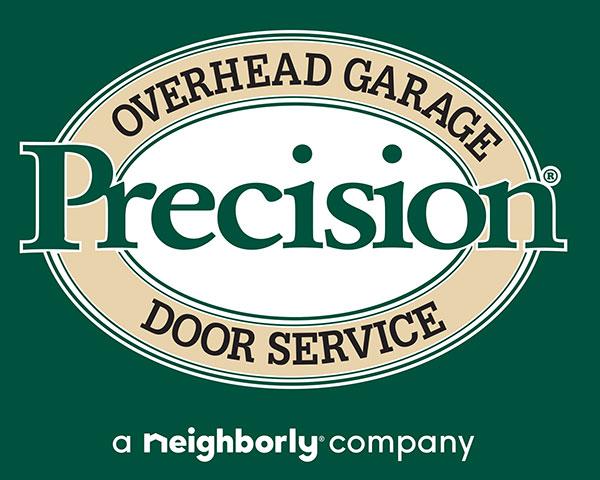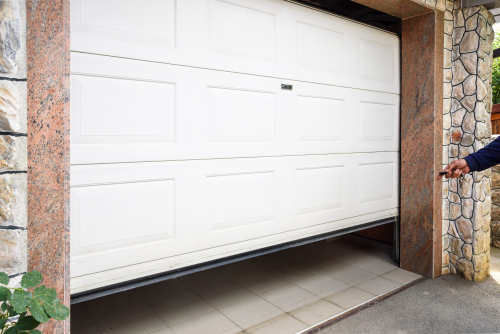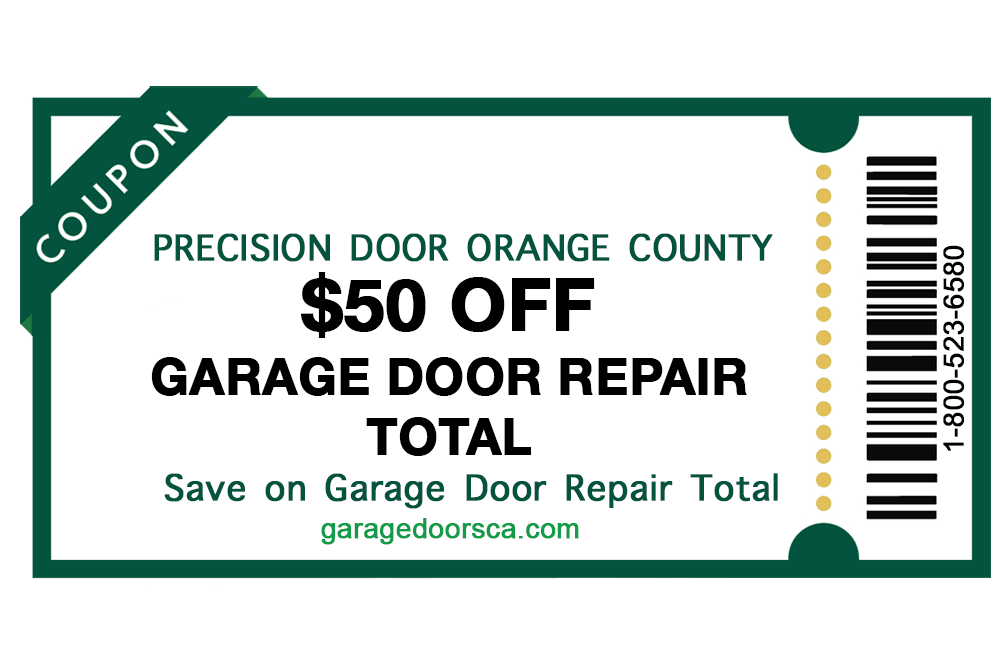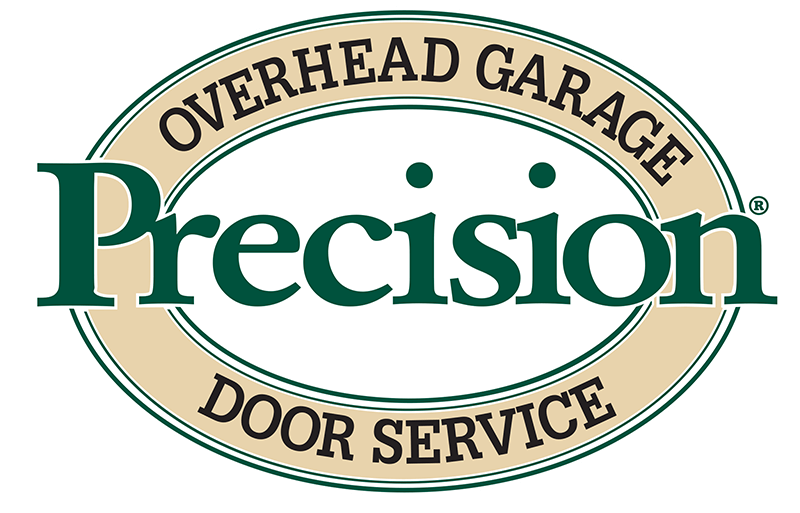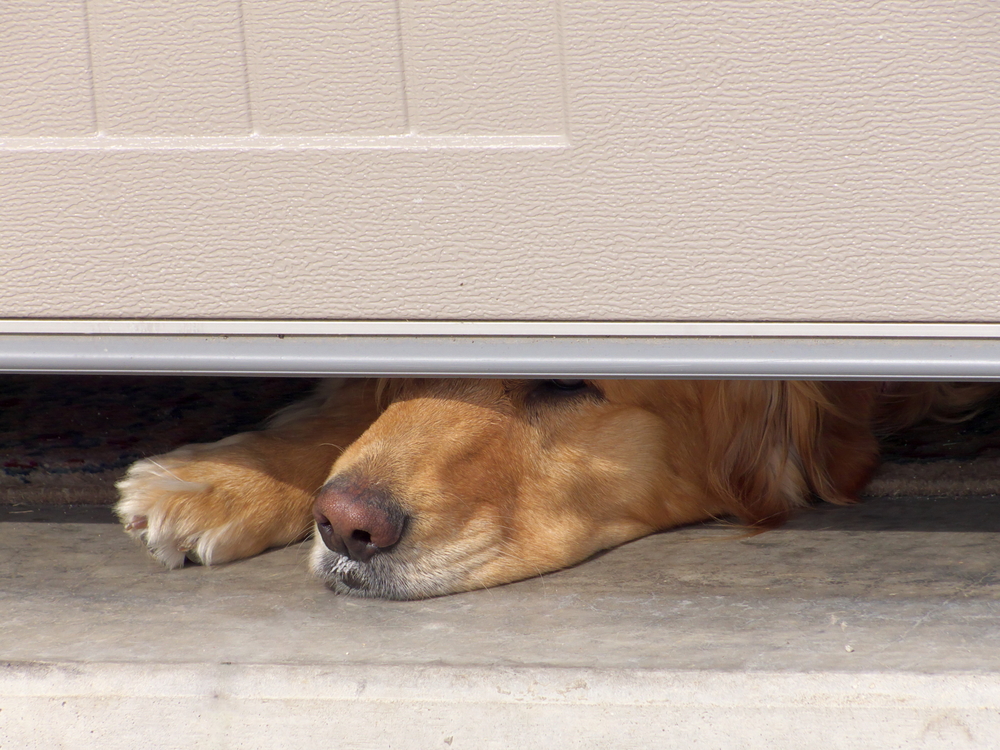
In the realm of pet-friendly home improvements, garage safety often takes a backseat. However, for pet owners, ensuring a secure and welcoming environment for their furry companions is paramount. The garage, typically considered a utilitarian space, can pose several risks to pets if not properly pet-proofed.
This article delves into the world of pet-friendly garage doors, offering comprehensive safety measures that every pet owner should be aware of.
Understanding the Risks
The garage is a multifunctional space, serving as a storage area, workspace, and parking spot for vehicles. However, it also harbors potential dangers for pets. From toxic substances stored on shelves to the risk of accidental entrapment, pet owners need to be proactive in making their garages safe havens for their four-legged friends.
Pet-Proofing Garage Doors
The first line of defense in creating a pet-friendly garage is ensuring that the garage doors themselves are safe for pets. Traditional garage doors can be hazardous, with moving parts and mechanisms that may pose a threat to curious pets.
- Install Sensors and Alarms: Modern garage doors often come equipped with sensors that detect movement, ensuring that the door stops or reverses if an object (or pet) is in its path. Additionally, alarms can be installed to alert owners if the door is in motion.
- Regular Maintenance Checks: Conduct routine checks on the garage door’s condition. Lubricate moving parts to prevent sticking or jerky movements that could startle or harm pets. Tighten any loose bolts and replace damaged components promptly.
- Choose Pet-Friendly Materials: When replacing or installing a new garage door, opt for materials that are less likely to cause harm to pets. Smooth, rounded edges and durable materials can reduce the risk of injuries.
Safe Garage Environments for Pets
Creating a safe environment within the garage is crucial for pet owners. This involves organizing and securing items to prevent accidental ingestion or injuries.
- Toxic Substance Awareness: Garages often house chemicals and substances that can be toxic to pets. Keep these items on high shelves or in secured cabinets. Antifreeze, pesticides, and certain cleaning agents can pose severe health risks to pets.
- Organized Storage: Cluttered spaces can be dangerous for pets. Ensure that items are neatly organized and stored in a way that minimizes the risk of falling objects. Invest in sturdy shelving units and storage containers to maintain order.
- Secure Electrical Wiring: Pets may be tempted to chew on exposed wires, posing a significant electrical hazard. Use cable organizers and protective covers to prevent pets from accessing or damaging electrical wiring.
Owner Safety Tips for Pet-Friendly Garages
Pet-friendly garage doors also require responsible ownership. Educating pet owners on safety measures is as crucial as implementing physical safeguards.
- Supervise Garage Access: When your pet has access to the garage, supervise their activities. This allows you to intervene in case of any unforeseen circumstances and ensures your pet’s safety.
- Training and Behavioral Considerations: Train your pet to respond to commands that keep them out of potentially dangerous situations. Reinforce positive behavior and discourage them from approaching the garage door when it is in motion.
- Emergency Preparedness: Have a plan in place for emergencies. This includes knowing how to manually override the garage door in case of a power outage and having a designated safe area within the garage where pets can retreat if needed.
Pet Safety Measures in a Garage Workshop
For those using the garage as a workshop or crafting space, additional precautions are necessary to protect pets from tools and other potentially harmful items.
- Secure Tools and Equipment: Tools and equipment should be stored in closed cabinets or drawers to prevent pets from accessing them. Small items like screws and nails should be kept off the floor.
- Use Non-Toxic Materials: Be mindful of the materials and substances used in your projects. Opt for non-toxic paints, adhesives, and other supplies to minimize the risk of accidental poisoning.
- Designate Pet-Free Zones: Establish specific areas within the garage where pets are not allowed, especially during active work hours. This ensures that owners can focus on tasks without worrying about their pet’s safety.
Pet-Friendly Technological Innovations
In the ever-evolving landscape of smart home technology, pet owners can leverage innovative solutions to enhance garage safety. Several smart devices are designed to create a secure environment for both pets and their owners.
- Smart Cameras: Install cameras in the garage to monitor your pet’s activities remotely. This not only provides a way to check on them but can also serve as a security measure for the entire home.
- Smart Door Openers: Some garage door openers can be integrated with smart home systems, allowing owners to control and monitor garage access through their smartphones. This feature enables remote door operation and provides an additional layer of security.
- Automated Pet Doors: For pet owners who want to grant their pets access to the garage while maintaining security, automated pet doors can be installed. These doors typically respond to a pet’s microchip or collar, ensuring that only authorized pets can enter.
Final Thoughts
Pet-friendly garage doors and safety measures are crucial components of a holistic approach to pet care. As we strive to create safe environments for our pets, it’s important to recognize the garage as a potential hotspot for hazards. By implementing the discussed safety measures, pet owners can mitigate risks and create a secure space where their furry companions can coexist comfortably with the practicalities of garage usage.
Remember that pet safety is a dynamic process that requires ongoing attention and adaptation. Regularly reassess the garage environment, update safety features, and stay informed about new technologies that can further enhance the safety of your pet-friendly garage.
In conclusion, a pet-friendly garage is a testament to responsible pet ownership, demonstrating the commitment to providing a secure and loving home for our four-legged family members. By prioritizing their safety in all aspects of our living spaces, we can ensure that our pets lead happy, healthy lives. As we embrace the concept of pet-friendly home improvements, let us extend our dedication to the garage, an often overlooked space that, with the right measures, can become a haven for both pets and their owners.
